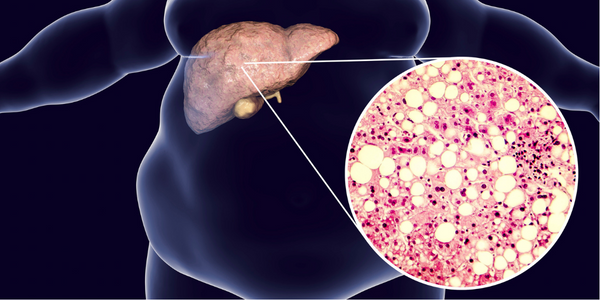ALCOHOL AND LIVER DAMAGE
There are many health risks of chronic alcohol abuse, ranging from high blood pressure to stroke. People are most familiar with alcohol’s negative effects on the liver.
Heavy drinkers have an increased risk of jaundice, cirrhosis, liver failure and liver cancer.
Limiting your alcohol consumption to one or two drinks per day can help prevent liver damage. Outpatient and inpatient treatment for alcohol addiction can make quitting easier.


